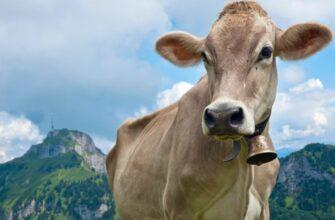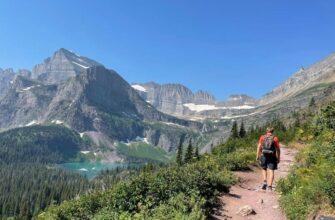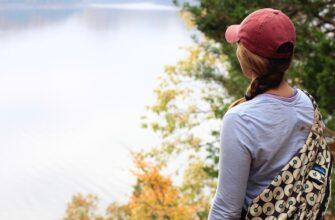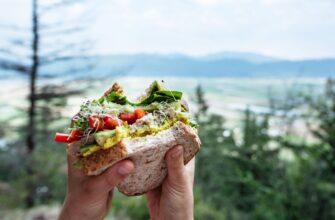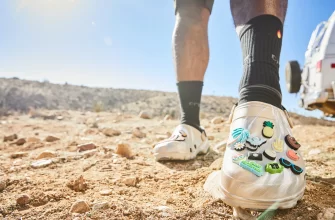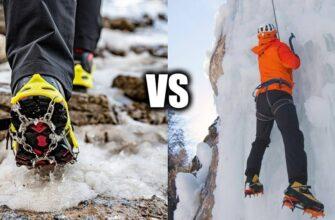Walking outdoors, typically across long distances and up and down hills from wide, open roads to rugged ascents, is what it means to go “hiking.” Which muscle groups help during hiking?
The muscles worked in hiking include the quadriceps, hamstrings, calves, glutes, abs, and hip muscles. With trekking poles and a heavy rucksack, the upper body and core muscles will also get an excellent workout.
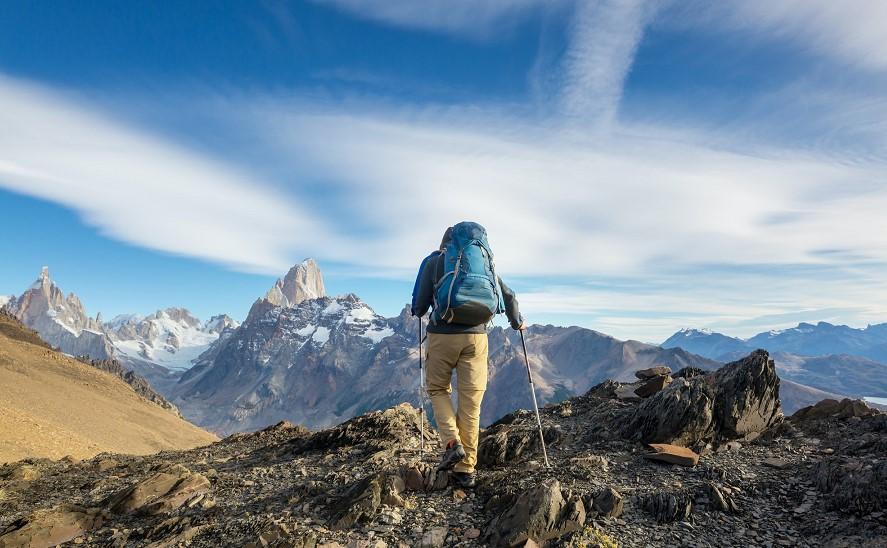
- What muscles does hiking work?
- Quadriceps
- Hamstrings
- Calves
- Glutes
- Hip muscles
- Abdominal muscles
- Other muscle groups
- Does hiking build muscle fibers in the upper body?
- Does hiking tone your body?
- Is hiking a good way to lose weight?
- Ascending
- Descending
- Health benefits of hiking
- Conclusion
- FAQs
- Does hiking burn belly fat?
- What muscles does hiking work?
- What does hiking do to the muscles on your body?
- Can you get in shape just by hiking?
What muscles does hiking work?
So, you wonder what muscles does hiking work?
We typically assume that when we hike, we mainly work our lower body.
On intense hikes, however, we employ all of our bodily parts, concentrating more on the middle and lower body. While hiking, we use a lot of muscles, and you can tone those muscles!
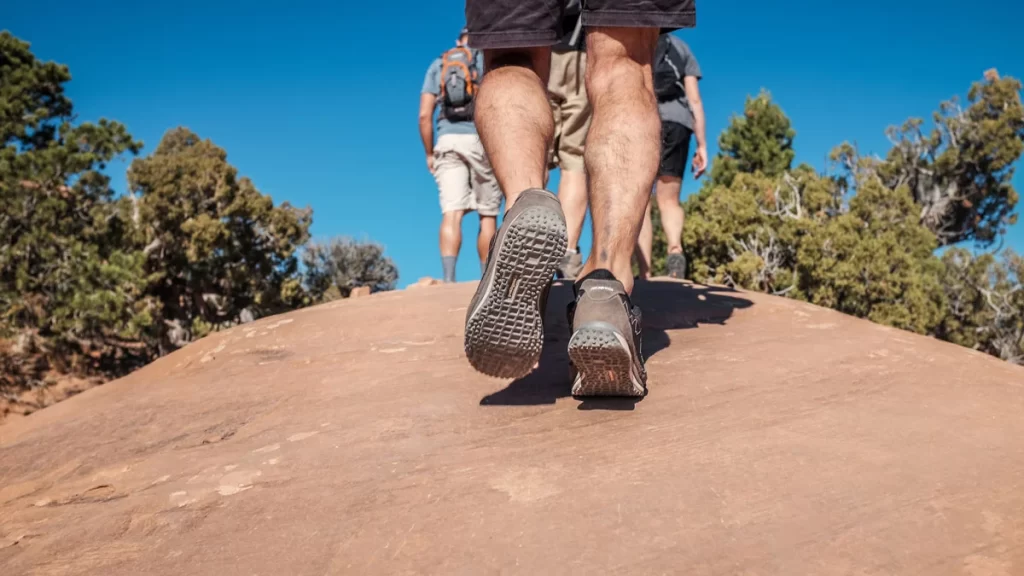
Quadriceps
One of the main muscles needed to support and stretch the knee while you walk is the quadriceps. While trekking uphill, the quadriceps, which are located at the front of the thigh, are significantly engaged.
They are strong muscles that support your weight as you move forward and upward with each step.
Hamstrings
Together with the quadriceps, the hamstrings (rear, upper thigh) assist in bending or flexing the knee.
When the body is moving forward, the hamstrings aid in drawing the quads back. Compared to other physical exercises like jogging, hiking is extremely taxing on the hamstrings.
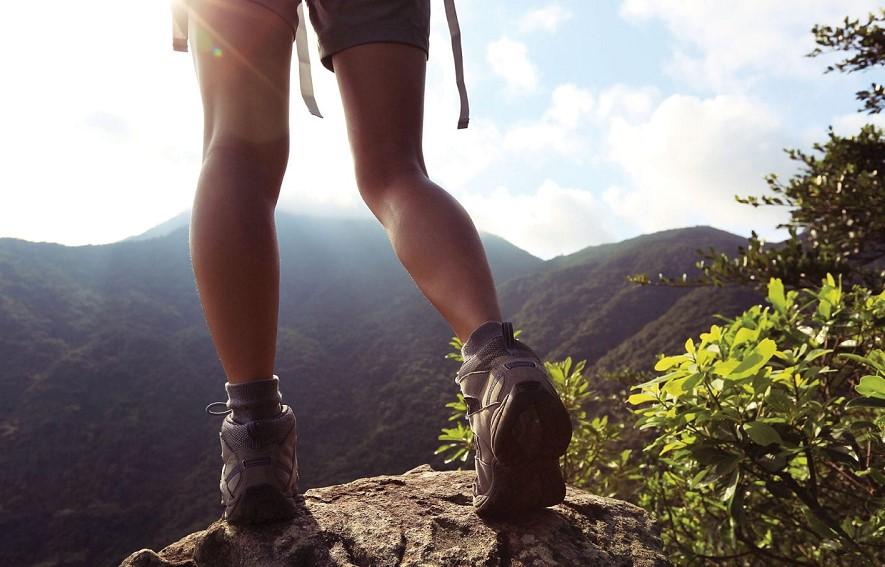
Calves
Walking requires regular activation of the calf muscles in the lower leg, which vary in intensity and level of use.
Walking on the level ground puts less strain on the calves than a long journey that involves climbing uphill while carrying a large rucksack.
Calf stretches can benefit the hiker and should be performed at regular intervals to avoid injury.
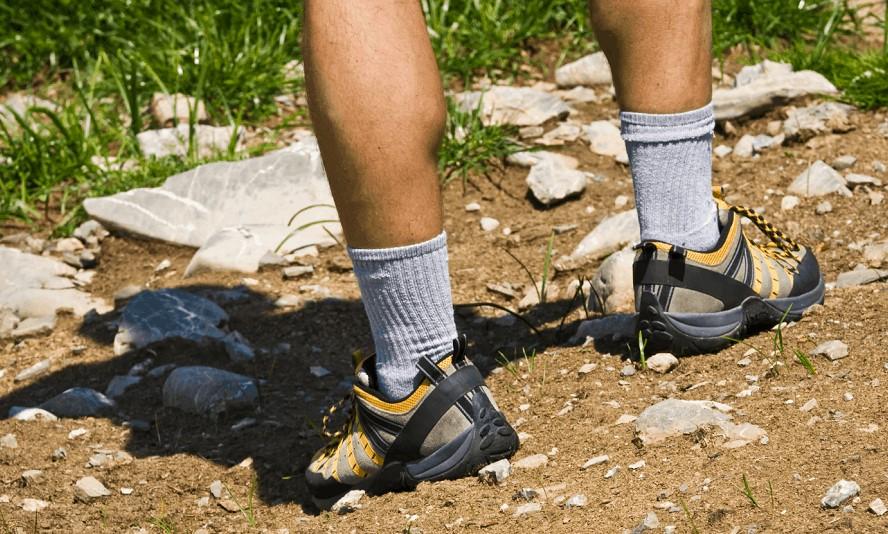
Glutes
A group of muscles known as the glutes supports the torso throughout many kinds of physical activity.
The glutes are required to sustain the body weight as well as the weight of the backpack while hiking.
When trekking uphill as opposed to flat land, the glutes receive a considerably more demanding workout.
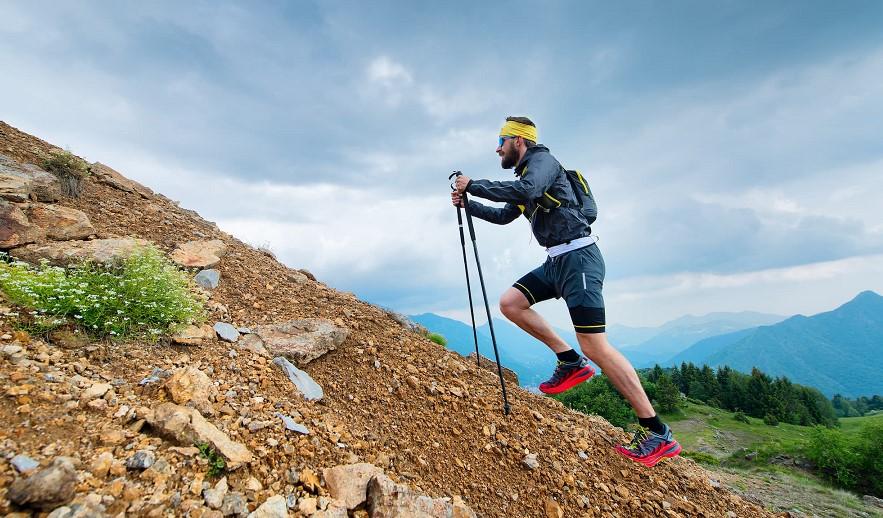
Hip muscles
Hiking relies heavily on the hip muscles, which need to be supple and limber to carry out the physical exercise effectively. The adductors, abductors, and hip flexors are hip muscles.
On a hike, these muscles support the lower back and glutes, reduce strain-related problems, and enhance shock absorption.
Abdominal muscles
The core muscles, which include the abdominal muscles, stabilize the entire body and help you walk with an upright posture.
When you hike, they still assist with posture and may work additionally to carry your pack if you have one. Strong abdominal muscles will help you avoid back injury during running and hiking.

Other muscle groups
However, while you walk or trek, your oblique muscles—the muscles on the side of your abdomen—do truly remain stiff.
This is due to the fact that these muscles will work to keep your pelvis stable as you walk. However, going for walks and hikes still has a lot of advantages for your health and might help you have a flatter tummy.
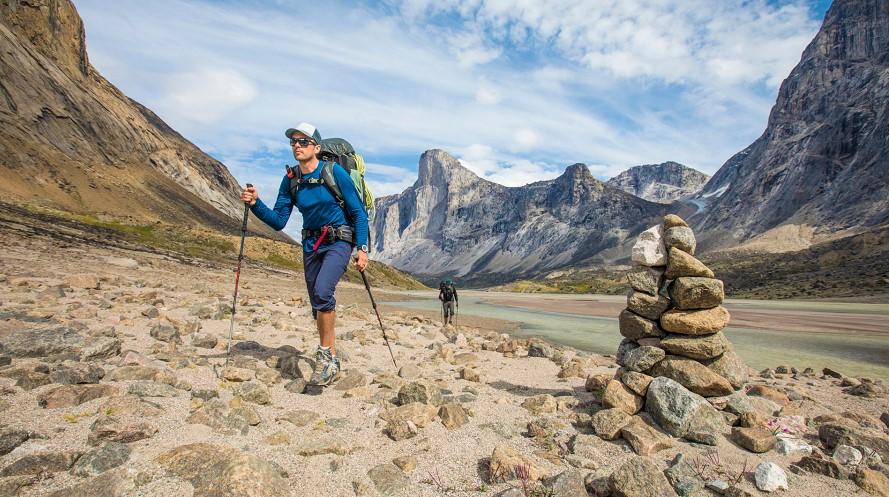
Does hiking build muscle fibers in the upper body?
Yes, hiking can build up the muscles in your body. Many assume that this muscle growth is just in the leg muscles and back end, but you can see muscles toning, no matter where you look on the body.
Hiking is good at building up and engaging several groups. It also puts these muscle groups under some stress for a long period, which is excellent for weight training and muscular endurance.
There are a few different parts that come with this, though. You need to not only worry about putting the different muscles under stress, but you also need to help them repair.
When you eat and sleep properly each day, you will repair and replace that with some new muscle fibers that are stronger than before.
This helps you to get some strong muscles that you can show off to others!
Many people assume that you need to go and spend hours at the gym to get stronger muscles. They do not think that hiking would be enough to build up muscles and give them muscle gains. But hiking is an effective way to build up the muscle strength that you need.
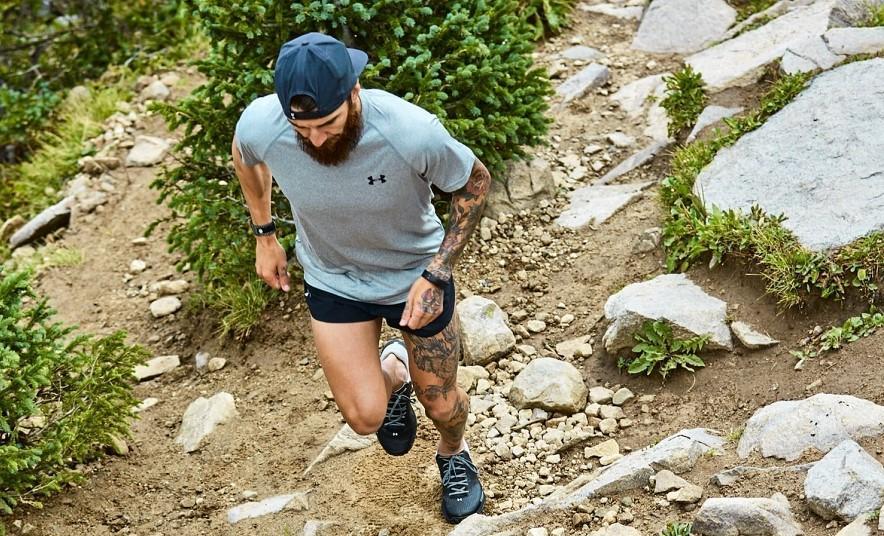
Does hiking tone your body?
Yes, hiking will help tone our muscles. This is amongst the most effective exercises to tone most muscle groups of the body, particularly when you are going on an adventure in difficult terrain. It will also make sense to lose weight by going on a walk once a week.
The more times you walk the trails and take a hike, the quicker your results.
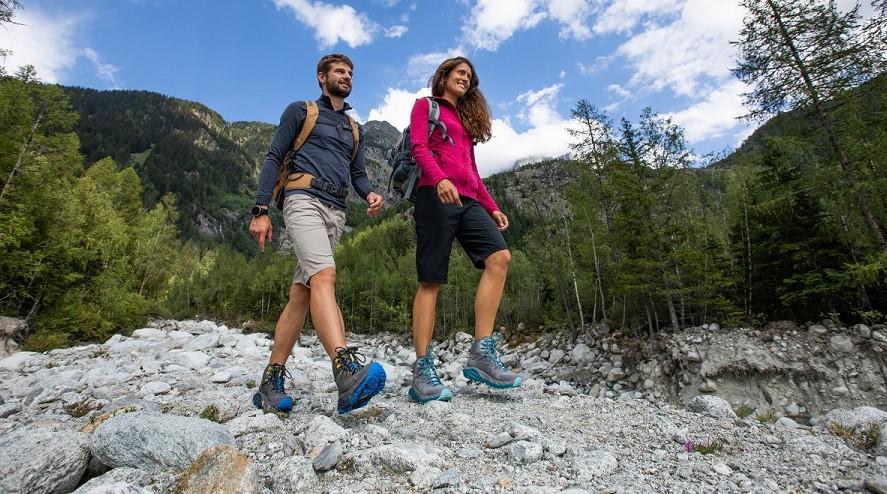
Is hiking a good way to lose weight?
Hiking is one of the best ways to lose weight out there. It can get your breathing and heart rate up.
Even if you just walk rather than adding in a little jogging, the rough terrain and the going uphill and downhill can help you get in a good cardio exercise in no time.
It is important to spend enough time hiking and that you do it at a quick enough pace too. A leisurely walk around the block for a few minutes a day is not enough to help you lose weight.
Going on a good hike with lots of differences in the terrain and at a brisk pace is the best way to help you burn calories and lose weight.
Remember to get enough sleep, limit your stress (which is something that hiking can help with too), and eat healthy foods, and you will see how well hiking can help with weight loss.
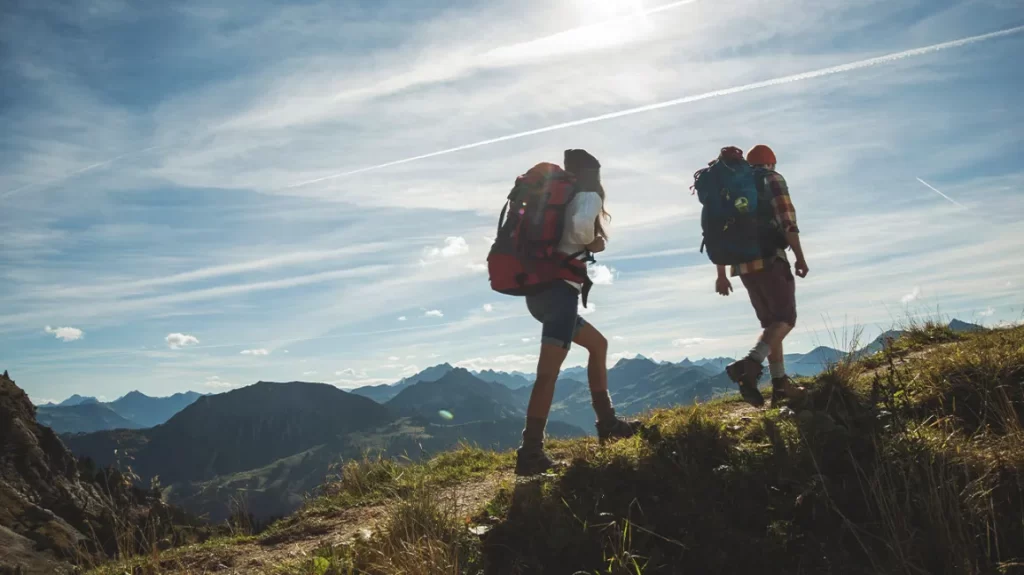
Ascending
When you’re heading up the mountain you’re going to feel more of the burn in your hamstrings, glutes, and calves.
That’s because you’re targeting all 3 more than your quads. That being said, ladies, please don’t expect your glutes to grow a whole lot by hiking.
The only way to add on significant size to your legs and butt is to train with resistance, in other words, weight lifting.
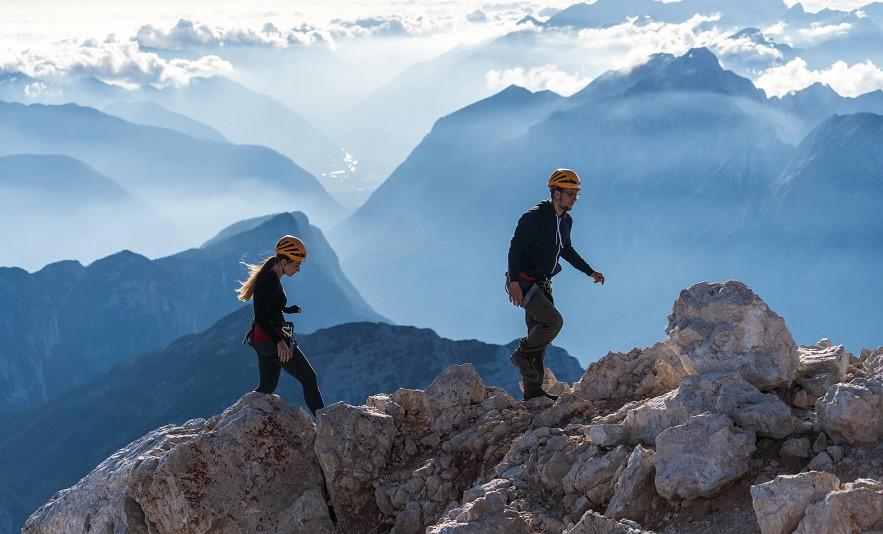
Descending
When you’re heading down the mountain, you’re going to be significantly engaging your quads to fight against gravity. Be prepared to feel that burn!
Whenever you’re training in any type of exercise, you’re actually engaging a wide variety of muscles throughout the entire body.
Hiking is no exception. It’s very possible to feel soreness in your abs, back, or your trapezoids the following day even though you didn’t feel like you used those muscles.
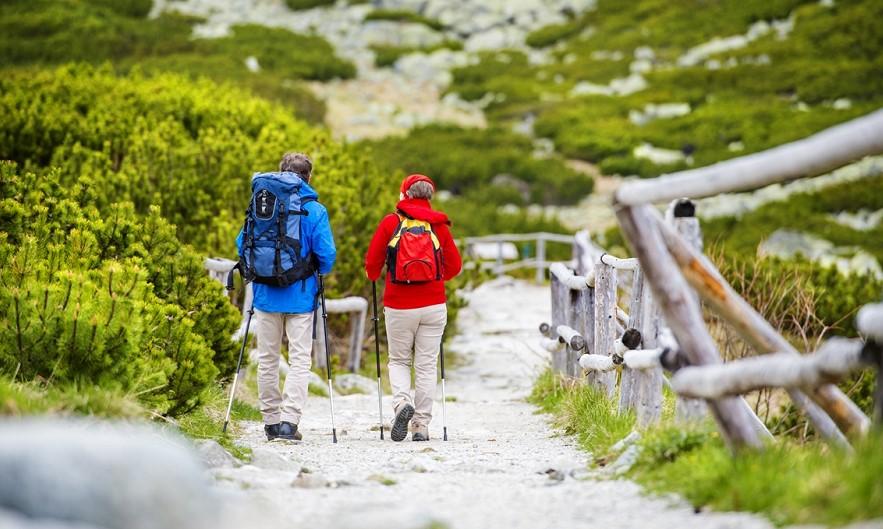
Health benefits of hiking
- Breath of fresh air clears the lungs (away from city smog)
- Improve your bone density and muscle fibers
- Lower your blood pressure (if it’s high)
- Lowers your body fat (if you are overweight)
- Less stress – improve your mental well-being
- Improves your physical fitness and stamina.
- Strengthen your core and build muscle.
- Lower your risk of heart disease.
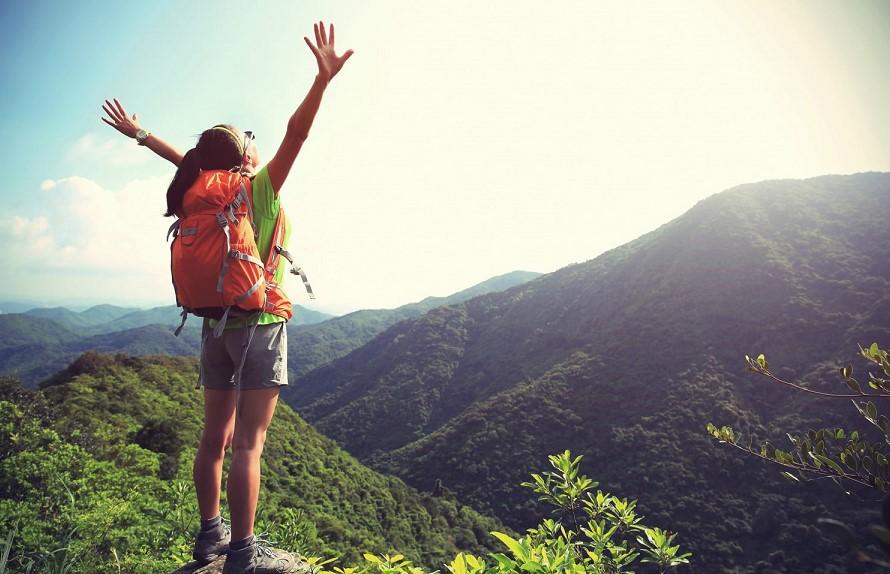
Conclusion
It’s quite healthy to go hiking. Yes, it exerts extra pressure on your lower body, but your core will also benefit. The training poles, which many people use, allow you to train your arms and upper body as well, making it a full-body workout.
Before embarking on a protracted trip into the woods, we would advise being physically fit, but the wonderful thing about hiking is that you may begin with a short stroll and gradually increase your distance.
Start with improving your muscle hypertrophy by short training and not long hiking distances.
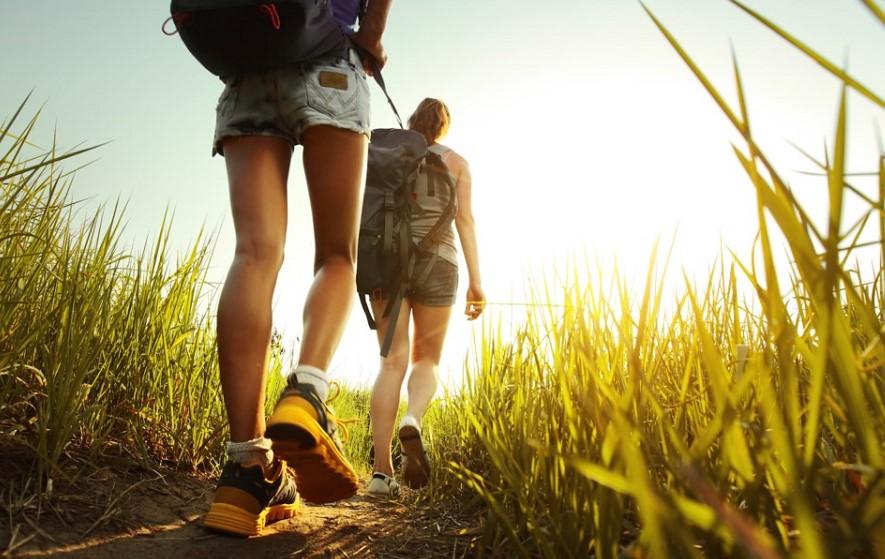
FAQs
Does hiking burn belly fat?
It does help you to keep the body in tonus, but as the belly muscles are not involved a lot in the process, hiking is less effective than training in the fitness gym to lose weight.
Only if you do a couple of hikes per week, you can notice you lose a couple of kilos on the body.
What muscles does hiking work?
The majority of your movement while hiking is powered by your legs. The main muscle groups involved are the hamstrings, calves, glutes, hip muscles, obliques, and abdominals.
The same muscles may be developed more or less depending on the trekking and the direction (ascending or descending) you select.
What does hiking do to the muscles on your body?
Although exercise doesn’t help you gain muscles, hiking tones your physique. It gives your muscles more form, which makes them tighter, which lessens the appearance of any body fat.
If you really want to gain muscle mass, you’ll need to bulk up your diet and engage in hard weightlifting. Hiking is a great cardio activity for burning fat and enhancing the appearance of your muscles.
Having said that, there is a strategy to accelerate muscle building when hiking.
In addition, you need to eat additional protein to rebuild your major muscles.
Can you get in shape just by hiking?
Sure. If you do the hikes often, have a well-planned diet with enough proteins and follow the safety measures while and after hiking.
The Health benefits of hiking are not overestimated – not only the body shape is a focus, but it also reduces stress and increases mood.
Almost all your muscle group works while hiking! It burns calories, and you will easily lose a few pounds.

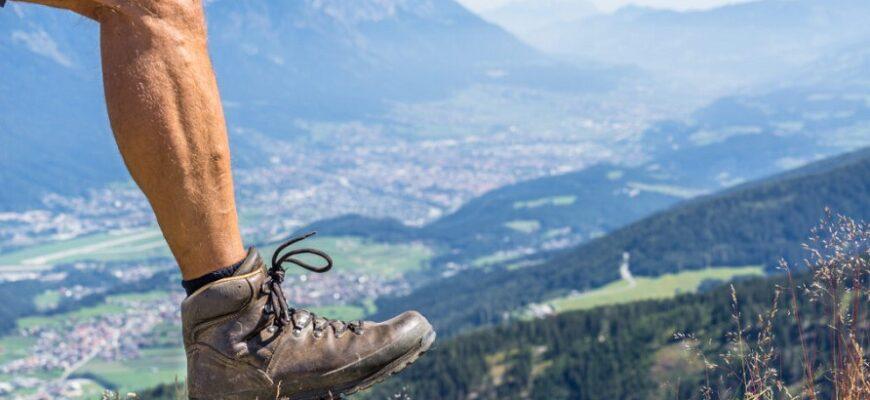

![What is considered a long hike? [8 factors to consider] What Is Considered A Long Hike: Top 3 Tips & Best Guide](https://griffithparkhiker.com/wp-content/uploads/2024/01/griffithparkhiker-2-335x220.jpg)
